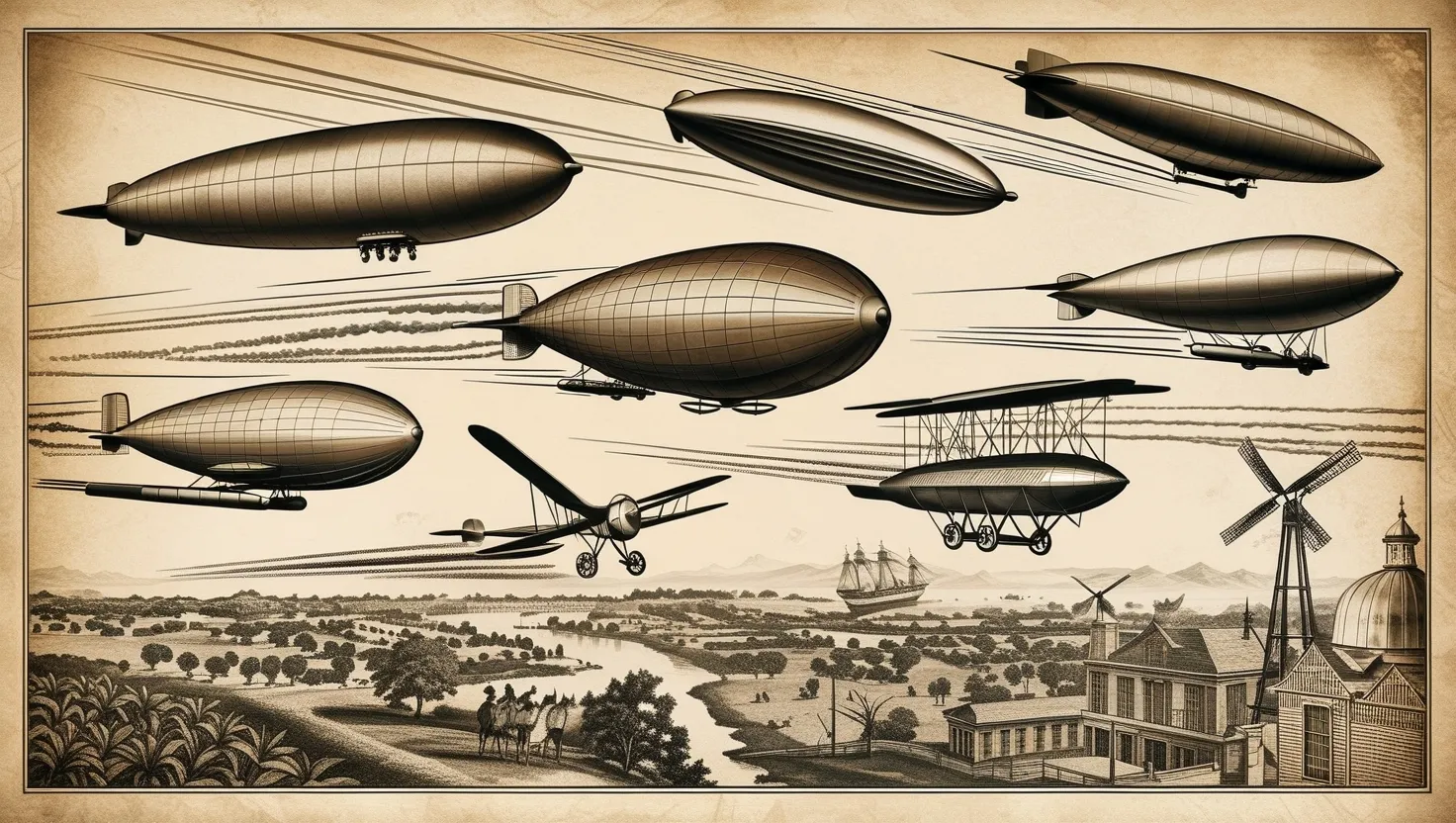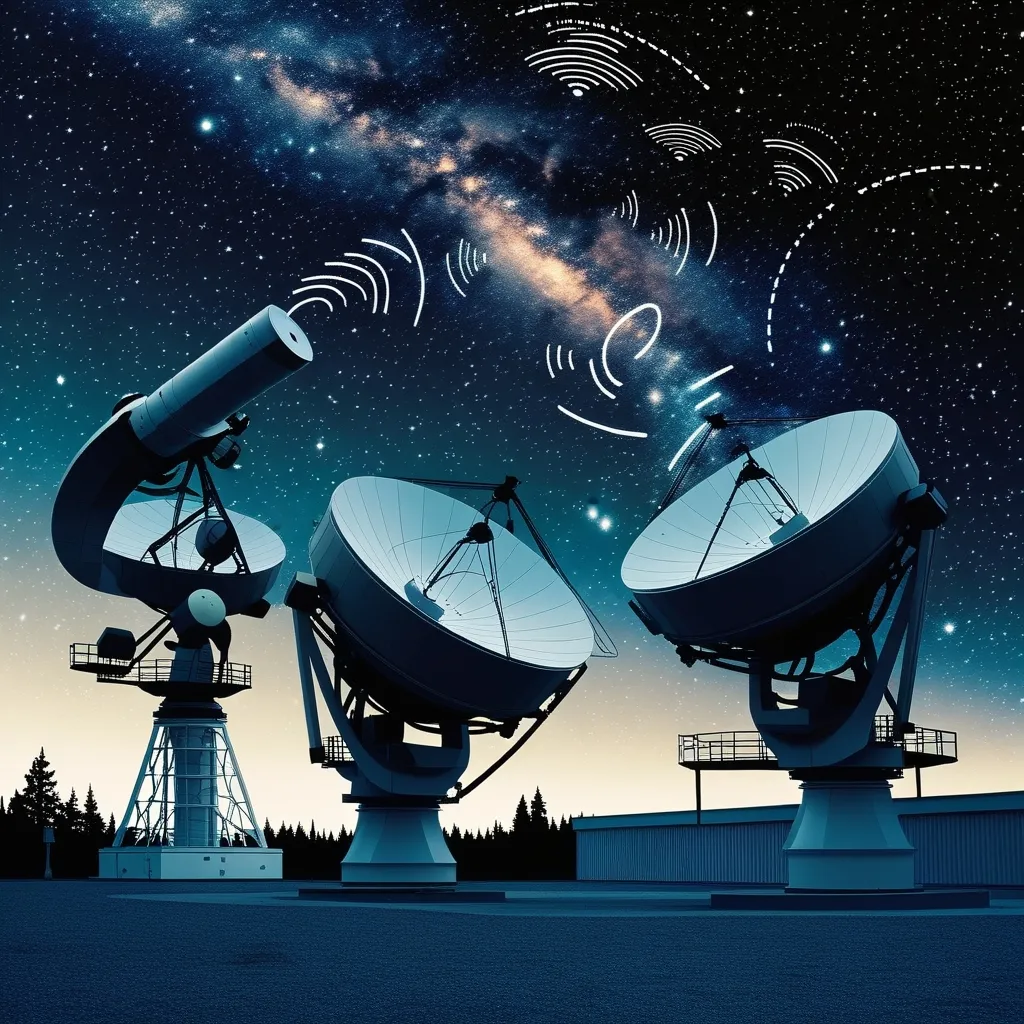History rarely hands us a neatly wrapped story, and the quest for flight is a textbook case. We’ve all heard of the Wright brothers and their winter morning in 1903, but the skies played host to stranger guests decades before Kitty Hawk. You’ll find hints of this skyward ambition buried in yellowing police logs, faded diaries, and government archives. Here’s where the narrative gets truly interesting: credible, recorded accounts of flying machines that simply shouldn’t have existed.
Did people really spot silent airships over Los Angeles in the 1860s, or watch metallic discs arc over New Zealand’s rugged coast in the 1880s? Human memory may be fallible, but when official reports, scientific surveys, and thousands of witnesses converge, I’m compelled to look closer. It’s stories like these that make me wonder: What did we miss in the blink between skepticism and science?
Let’s start in Los Angeles, 1868. It’s easy to picture the city as a sleepy village nestled in orange groves, far from the technological fever of the East Coast. Yet, within the quiet, multiple people saw something unexplainable: a cigar-shaped craft, wingless and eerily silent, gliding above the city. Had this been a lone account, we might file it away with everything else the desert heat inspires. Instead, the event found its way into police records, complete with details about pulsating lights and breakneck speed seemingly beyond any contemporary balloon or dirigible. Later, when aeronautical experts tried to analyze the old descriptions, the data didn’t add up. The object’s movements just didn’t fit what physics then allowed for. If this was a hoax, it was one with too many participants and too much technical detail to dismiss outright.
“Somewhere, something incredible is waiting to be known.” This Carl Sagan quote floats to mind every time I read this account. But Sagan isn’t the only one drawn by these aerial riddles.
Move forward just three years to the battlefields of Europe. The Franco-Prussian War was raging, and among the chaos, several military officers reported a new mystery overhead. According to their field journals, a metallic, propeller-powered dirigible zipped through artillery fire. No national markings, no obvious allegiance. What really raises eyebrows is the material reportedly used—a hull resembling modern aluminum, decades before such alloys were practical to produce or even widely available. Archival research into French and Prussian aeronautical projects of the era turns up nothing even approaching this craft’s described features. Could the fog of war have led witnesses astray, or is it possible the battlefield hosted technology out of time?
Sometimes, I ask myself: Are we underestimating the creative reach of 19th-century inventors, or overlooking something more provocative?
Let’s cross the world—to the South Island of New Zealand, 1888. Māori oral tradition and European settler diaries don’t often share the same narrative, but for one night they told a common story: a glowing “fireball chariot” streaking overhead, flinging sparks across the sky. It’s not unusual for strange lights to become legend, except that this time, 20th-century geologists picking through the area found a trail of iridium—a platinum-group metal exceedingly rare on Earth, yet suddenly concentrated along a path that matched those age-old stories. Iridium is famously common in meteorites, but there’s no record of an impact crater or burned scrub to account for a meteor. So what was it? Far-fetched as it sounds, the evidence on the ground suggests something metallic, something not of the expected terrestrial or celestial variety, once raced above those sheep pastures.
And now, to a Texas town with a story for the ages—Aurora, 1897. The Old West was already modernizing, but nothing prepared the townsfolk for the calamity that struck when an “airship” crashed into a windmill. Local newspapers ran the account, complete with tales of debris scattered across a farm, metal pieces with strange hieroglyphics, and even the burial of an unknown pilot. The best part: U.S. Army officials supposedly conducted a quiet recovery mission, removing every last trace of wreckage. I get chills reading these accounts—the intermixing of modern government secrecy and ancient storytelling feels prescient. The memory of that wreck lingers, rekindled every time a new generation turns up evidence on the same patch of ground, occasionally finding metal fragments that resist modern classification. Imagine living in Aurora, reading about flying machines in Jules Verne novels, then seeing one fall from the sky outside your window—how do you rationalize that?
“Truth is stranger than fiction, but it is because Fiction is obliged to stick to possibilities. Truth isn’t.” This line from Mark Twain seems custom tailored for Aurora’s tale.
Our last trip takes us to pre-World War I London, 1909. Imagine looking up over the city’s gaslit haze to see not a zeppelin, but a winged machine trailing iridescent green exhaust, floating too slowly for normal flight and without the familiar roar of engines. Scotland Yard investigated thoroughly, pulling testimony from over 10,000 witnesses who swore to what they’d seen on those summer nights. The kicker? Analysis of mysterious residue scraped from rooftops came back with copper alloys unknown to contemporary metallurgy. There is no named inventor, no self-professed engineer ready to claim this phantom flyer. Public records show officials took it seriously enough to mount a full-scale hunt—and came up empty. I picture those anxious inspectors combing rooftops for evidence, wary of mass hysteria but ultimately confronted with genuine material they could not categorize.
Throughout my research, a pattern emerges. These stories are scattered across centuries and continents, and on the surface, might seem like outliers or fabrications. But look deeper—at the consistency of witness reports, the professional seriousness of investigators, the hard physical substances left behind. Skeptics may cry coincidence or collective misapprehension, yet the archives say otherwise. Is it possible, I wonder, that flight—even powered, controlled flight—was glimpsed long before the Wright Flyer caught the wind at Kitty Hawk?
Ask yourself: was the sky a canvas for experimenters the history books simply forgot? Or does the common thread of secrecy and unexplained engineering hint at knowledge that slipped the net of official record?
“Once you eliminate the impossible, whatever remains, no matter how improbable, must be the truth.” Sherlock Holmes’ maxim invites us to revisit evidence, not just dismiss it.
For those fascinated by inventions, it’s tempting to see every 19th-century airship as a backyard tinkerer’s fever dream. But the breadth of documentation—technical sketches, military correspondence, geological samples—invites a more nuanced view. Could unsung engineers have paved the way for the Wright brothers in ways we simply haven’t acknowledged? Or was something else at play—a fleeting demonstration of capabilities that outran their moment and then vanished?
This journey through forgotten skies leaves me with more questions than answers. When I try to fit these stories into what I know about human innovation—its fits and starts, its secret tests and brilliant mistakes—I start to appreciate the value in searching the margins. As storytellers, scientists, and explorers, we should be most attentive to the edges of what’s officially recorded. There, sometimes, the improbable takes flight.
Often, after reading yet another archived letter or official report, I find myself looking up at the evening sky. What would it feel like to witness something impossible soaring overhead, as so many before me did? The past reminds me, time and again, that the boundaries of the possible are always moving. I urge you to ask: Where might the evidence of tomorrow’s breakthroughs already be waiting for us to pay attention today?






